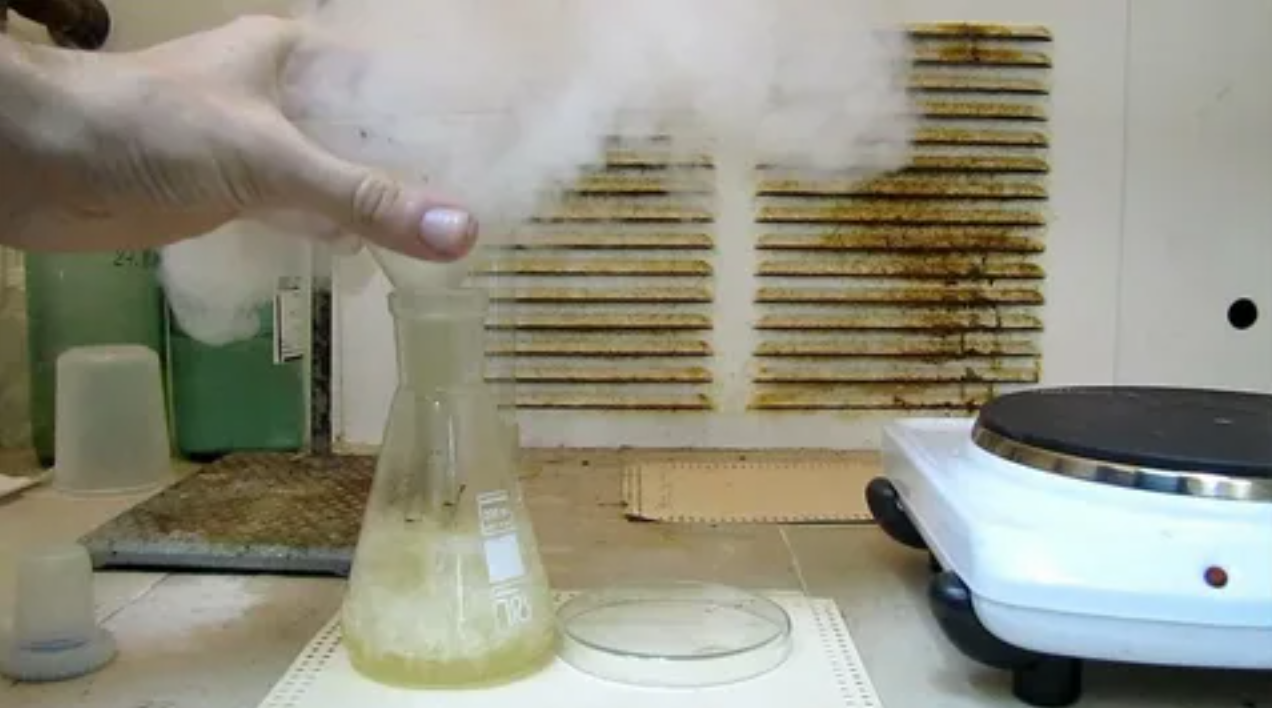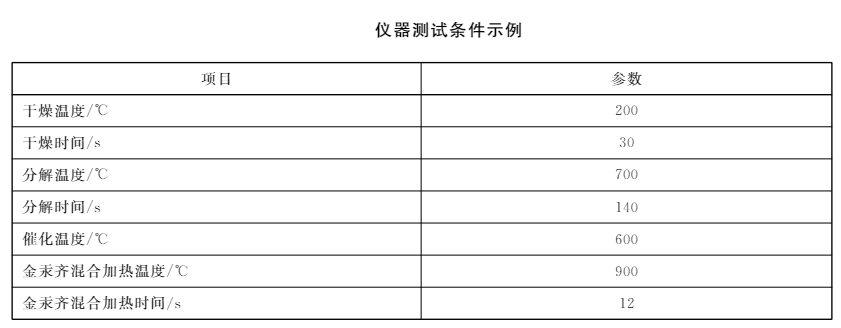This method is suitable for the detection of mercury content in wastewater, surface water, and reclaimed water in the range of 0.1ug/L-100ug/L. If the mass concentration of mercury in the collected water sample exceeds 100ug/L, it needs to be diluted and then measured. The main principle is that after the collected water samples are dried and thermally decomposed, the gas products are transported to the catalytic furnace by oxygen. Halogens, nitrogen oxides and sulfur oxides are captured, and the remaining products are taken into the gold amalgam adsorption device and heated sufficiently. Release mercury vapor. Oxygen brings mercury vapor into the absorption cell, and the absorbance of mercury is measured at a wavelength of 253.7nm.

Instruments and reagents required for testing
1. Mercury measuring instrument
2. Sample boat
3. Nitric acid: premium grade pure
4. Nitric acid solution: 1+9
5. Mercury standard stock solution 1000mg/L
Weigh 0.1354g premium grade pure mercury chloride, dissolve it in 75mL water, add 5mL nitric acid and transfer it to a 100mL volumetric flask, dilute to the mark with water, and mix well. Or use a commercially available standard mercury solution.
6. Mercury standard solution I 10mg/L
Accurately pipette 1mL of mercury standard preparation solution and dilute to 100mL with nitric acid solution.
7. Mercury standard solution II 1mg/L
Accurately pipette 10mL of mercury standard solution I, and dilute to 100mL with nitric acid solution. This solution is ready to use.
8. High purity oxygen
Detection steps
Set the detection conditions according to the instrument's instruction manual, and then proceed to the next detection operation.

1. Low concentration calibration curve drawing
Pipette 0uL, 10uL, 20uL, 50uL, 100uL, 200uL, 500uL, mercury standard solution II into 7 100mL volumetric flasks, and dilute to the mark with nitric acid solution. From low concentration to high concentration, pipette 0.20ml calibration solution into the sample boat, and then perform the test according to the instrument operating procedures. Take the peak area or peak height as the ordinate, and the mass of mercury in the calibration solution as the abscissa. Draw a calibration curve and calculate the regression equation.
2. High concentration calibration curve drawing
Pipette 0.00mL, 0.50mL, 1.00mL, 2.00mL, 5.00mL, 10.00mL mercury standard solution II respectively into 6 100mL volumetric flasks, and dilute to the mark with nitric acid solution. From low concentration to high concentration, pipette 0.20 mL of calibration solution into the sample boat, and then perform the test according to the instrument operating procedures. Take the peak area or peak height as the ordinate, and the mass of mercury in the calibration solution as the abscissa. Draw a calibration curve and calculate the regression equation.
3. Determination
Pipette 0.20 mL of the water sample into the sample boat, and then perform the test in accordance with the operating procedures of the instrument, and at the same time perform a blank test with the nitric acid solution as a blank. Finally, the mercury content in the water sample is obtained through the relevant calculation formula.
This content is derived from GB/T 37906-2019 "Reclaimed Water Quality-Determination of Mercury-Mercury Detector Method".



